Snow-white linen, blouses, shirts and tablecloths delight with their pure color only a few months after purchase. Over time, white things inevitably change their color and become grayish or yellow, that is, they lose their original whiteness. There are several ways to return the original shade to clothes, and it is not as difficult as it seems at first glance.
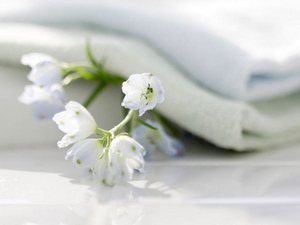
How to bleach laundry in a washing machine
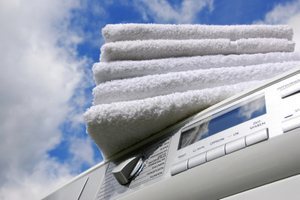 Almost every home today is equipped automatic machine with different washing modes. Naturally, when choosing a regular function, it is impossible to achieve perfect whiteness of things, so you need to carefully study all sections of the instructions included with the smart assistant.
Almost every home today is equipped automatic machine with different washing modes. Naturally, when choosing a regular function, it is impossible to achieve perfect whiteness of things, so you need to carefully study all sections of the instructions included with the smart assistant.
- Some machines have several compartments for storing detergents; there is also a special dispenser for liquid bleach; it is into this that you need to pour the selected solution, it can even be white. Getting from the dispenser into the drum of the machine, the bleach is mixed with water and distributed evenly over the fabric.
- Before putting things into the machine, be sure to remove all dirty particles from the laundry, check the seams for accumulated dust, this will prevent stains from forming.
- Special powders with bleaches are produced; it is best to wash clothes using them at 90%.
- Returns things to their original whiteness and pre-soaking; most modern washing machines already have this function.
When bleaching laundry in the machine, be sure to ensure that no colored items get mixed in with the white ones, otherwise your efforts may be wasted.
Hand wash and soak
If there are not many white items and they are not very voluminous, then hand washing after pre-soaking will help to cope with their bleaching. Clothes are soaked in powders with bleaching components; you must choose the water temperature that will not spoil the fabric (this information is on the label of the item).
You can also soak in bleaches - Belizne, Vanish.
The selected bleach must first be dissolved in water and only then placed in the basin.
 Using industrial solutions, you cannot keep laundry in water for a long time, as this can damage the structure of the fabric. Bleaching is always carried out only after the clothes have been previously washed, this is necessary in order to remove all stains that can be washed normally.
Using industrial solutions, you cannot keep laundry in water for a long time, as this can damage the structure of the fabric. Bleaching is always carried out only after the clothes have been previously washed, this is necessary in order to remove all stains that can be washed normally.
Sometimes white things are spoiled not by their grayness or yellowness, but by a separate stain from food, biological fluids, or paints. To cope with such contamination, it is best to wash the item first by hand, generously soaping the stain with laundry soap. If this method does not help, then resort to using bleach.
Traditional methods of whitening
Not only modern detergents can ensure snow-white laundry, and the experience of our ancestors fully confirms this fact. The bleaching solution can be prepared from a wide variety of products, and you will probably find some of them at home. Before soaking, items should be washed with regular powder; this will remove less stubborn stains.
- It is necessary to plan about half a piece of laundry soap, after which the shavings are mixed with 2 tablespoons of ammonia and 3 tablespoons of turpentine. The prepared mixture is dissolved in 10 liters of hot water and the laundry is soaked in the resulting solution for a day. After aging, the items are washed by hand and then boiled in a soda solution, after which they are finally rinsed. This method is suitable for washing cotton clothes and linen fabrics.
- Woolen and silk clothes are soaked in a solution prepared from 50 grams of ordinary powder, 6 tablespoons of salt, a spoon of three percent hydrogen peroxide and an equal volume of ammonia. All these components are dissolved in 10 liters of warm water, and the laundry is kept in the solution for about 5 hours. After soaking, the items are machine washed on a cycle designed for delicate items.
- Underwear - T-shirts, socks, knee socks - can be bleached in hot water, to which a few tablespoons of boric acid powder are added. This solution not only bleaches, but also disinfects, ridding things of fungal microorganisms.
- A solution of soap and potassium permanganate provides shining whiteness to bed linen and clothing. Soaked laundry should be thickly soaped with laundry soap so that a viscous mass remains on the fabric. After this, 10 liters of water with a temperature of 20-30 degrees with two large spoons of dry potassium permanganate dissolved in it are poured into a basin with laundry. The laundry is soaked in this water for three hours and then rinsed under plenty of running water.
- Thin blouses or shirts can be bleached using hydrogen peroxide. For two liters of water you will need one spoon of 3% peroxide and a spoon of soda ash; the temperature of the solution should not exceed 50 degrees.During the soaking process, the item should be turned over several times, this will increase the bleaching efficiency.
- Boiling will also help restore whiteness to things. In a large tank of water you need to dissolve a few spoons of powder and load laundry into it. The tank is heated on the stove until it boils, after which the laundry is boiled for about 20 minutes. During the boiling process, things need to be carefully turned over with a wooden spatula. Boiled laundry is rinsed only after the hot water in the container has completely cooled.
As you can see, there are a lot of ways to deal with the grayness of white linen; all you have to do is choose the right one and try it in practice.
How not to spoil things
During the bleaching process, your favorite things can be ruined if you do not know some of the nuances of washing.
- Do not use bleach if there is a fresh rusty stain on items - dissolving it will cause all soaked clothing to turn yellow.
- Do not soak items that have metal buttons, locks or rivets for a long time. Clothes with such accessories are bleached in lukewarm water and at a temperature not exceeding 40 degrees.
- It is advisable to take plastic containers for bleaching, since enamel basins may chip, and metal ones often react with chemical compounds.
- There is no need to soak things in boiling water, this will only lead to greater stain density and increased resistance. A sufficient temperature for bleaching white items is considered to be 40, maximum 50 degrees.
- Chlorine bleaches are used only in extreme cases, since such solutions harm fabric fibers and cause them to deteriorate.
- Before bleaching, you should carefully read the information on the product label, especially when washing thin and delicate fabrics.
- Before washing, you need to remove all debris from your clothing pockets, and free the seams of your bed linen from accumulated dust particles and fabric fibers.
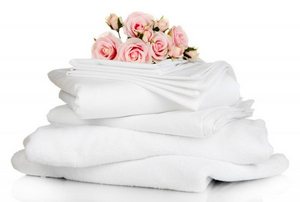 Things washed to a snow-white state will retain their color for a long time if you can provide them with appropriate storage conditions. The most important thing is that you only need to put everything in cabinets. dried laundry, even a small amount of dampness during long-term storage causes gray clothing. There is no need to try to compact the bed too much; it is best if it is folded loosely, this will allow the fabric fibers to breathe.
Things washed to a snow-white state will retain their color for a long time if you can provide them with appropriate storage conditions. The most important thing is that you only need to put everything in cabinets. dried laundry, even a small amount of dampness during long-term storage causes gray clothing. There is no need to try to compact the bed too much; it is best if it is folded loosely, this will allow the fabric fibers to breathe.




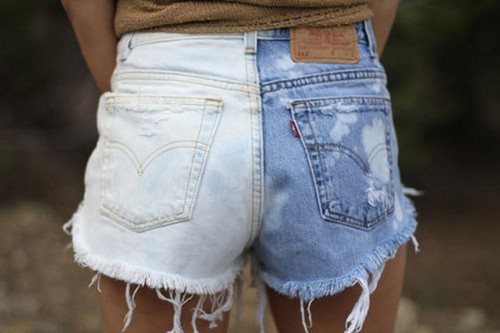
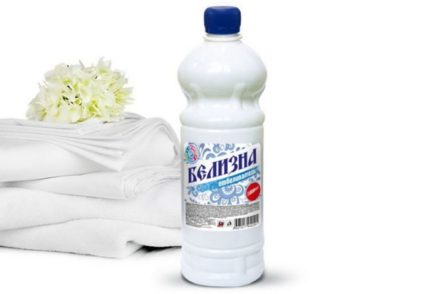
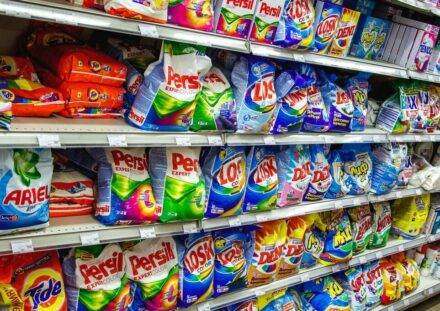
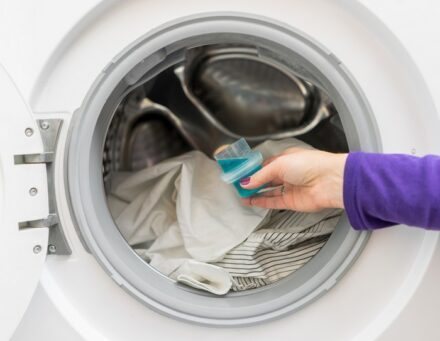


Thank you!